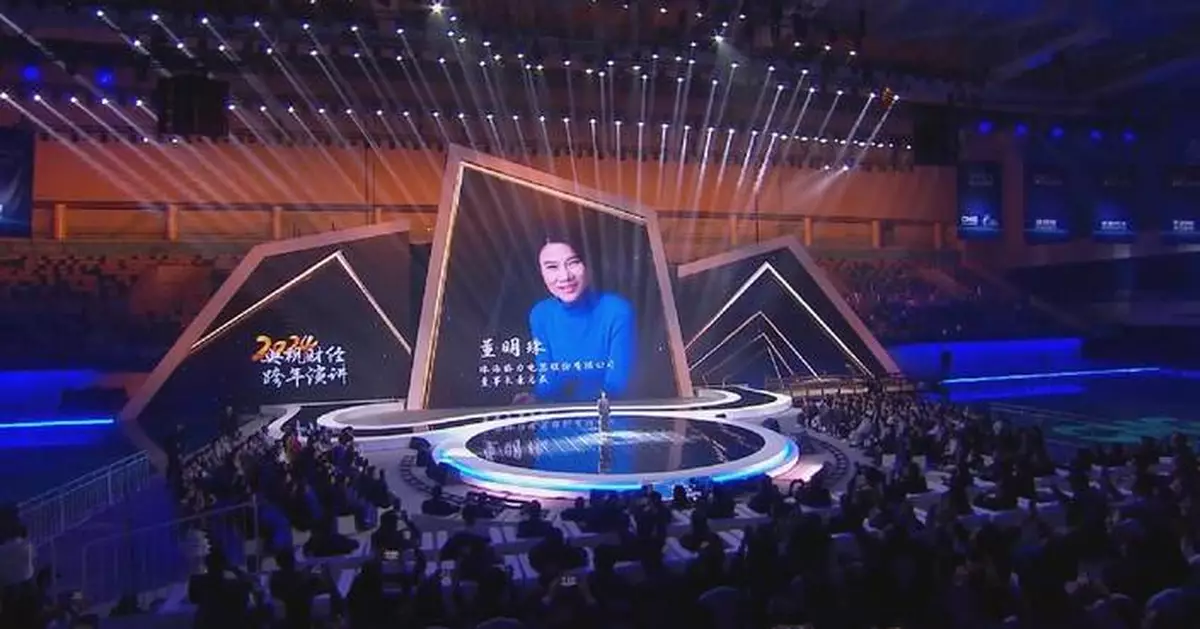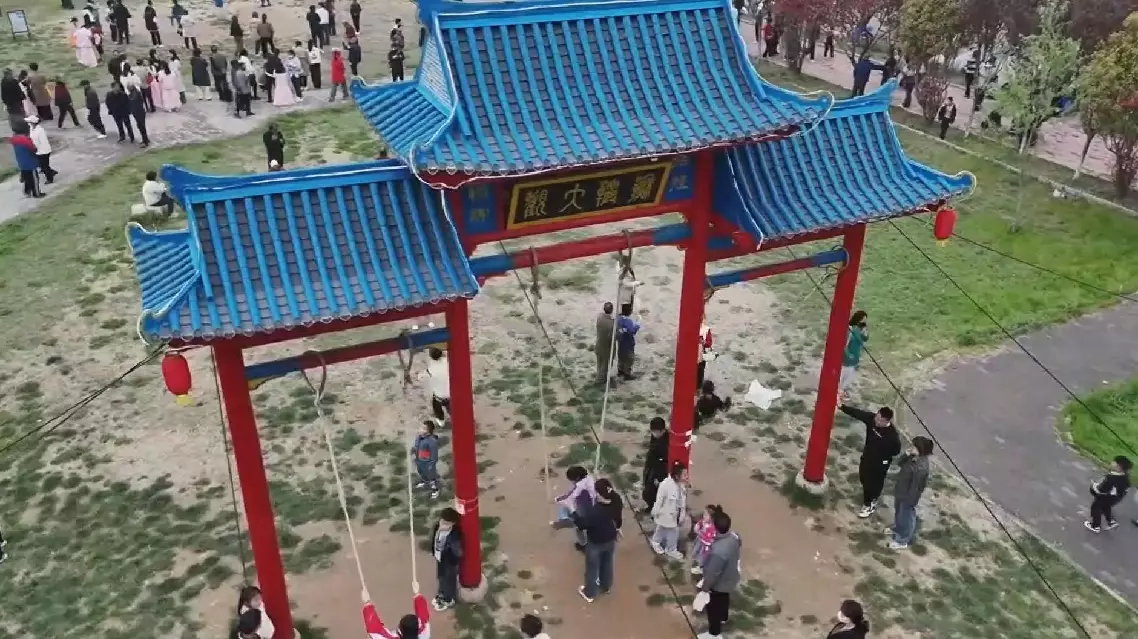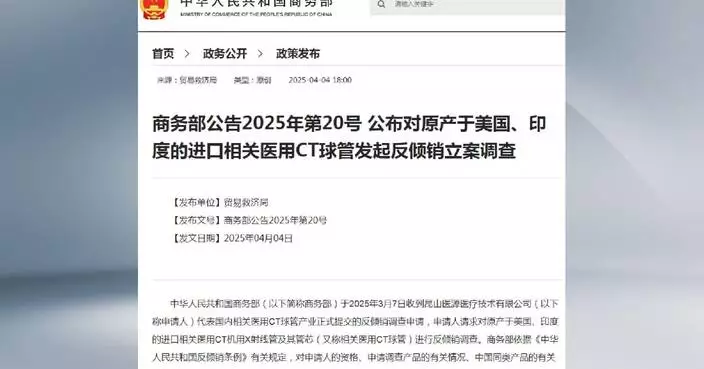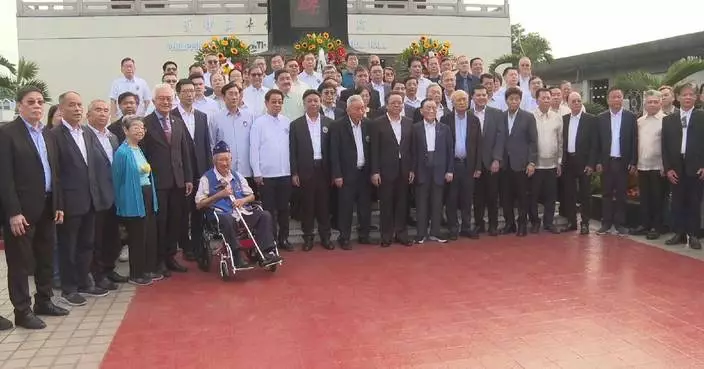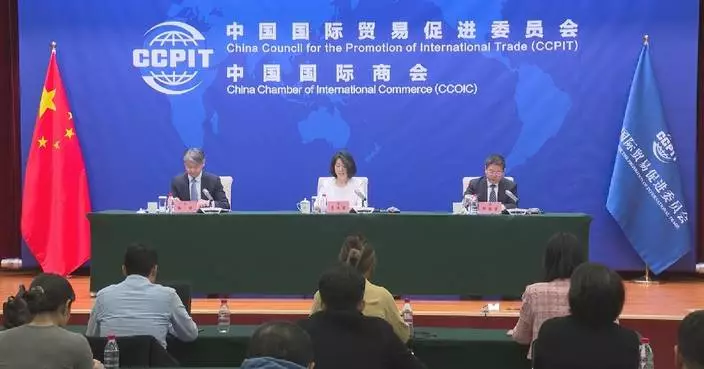Business leaders from Chinese manufacturing sector shared their insights for Chinese brands to go global at a China Media Group (CMG) event, highlighting the role of cutting-edge technology and the importance of high-quality products.
The CMG's business channel recorded its New Year's Eve Speech program at the National Aquatics Center in Beijing on Dec 26, with business insiders from leading Chinese enterprises discussing their thoughts on expanding into global markets.
Yang Dongsheng, the chairman of Chinese construction machinery manufacturer Xuzhou Construction Machinery Group (XCMG), highlighted the power of heavy equipment.
As the world's third-largest producer by share of construction equipment sales worldwide, the XCMG has exported its products to over 190 countries and regions, covering more than 95 percent of the areas along the Belt and Road Initiative routes, Yang said, making it a representative of China's major industrial equipment reaching the global stage.
"The AI technology expands the boundaries of human intelligence, while the construction machinery enhances human strength, allowing us to continually push the limits of physical power. The machinery made by the XCMG has left a solid and shining footprint on the global stage, and was used in the projects including the large-scale wind power bases in Europe, the world's largest single refinery, the Pan-Asian Railway, the China-Pakistan Economic Corridor, Saudi Arabia's futuristic city NEOM, and the world's largest iron ore mine in Simandou, drawing a grand blueprint for human interaction and integration," said Yang.
Apart from going global, Yang said the company is also stepping up efforts in the development of autonomous driving technology, and taking the lead in the digital transformation of construction machinery industry.
"There is an open-pit coal mine with an annual production capacity of 35 million tons by the Yimin River in Inner Mongolia Autonomous Region. At the coal mine, the coal transport trucks operate in an orderly and efficient manner. And the trucks have no driver, nor driver's cabin. Such equipment not only improves the safety of mining operations, but also contributes to reducing carbon emissions," said Yang.
Dong Mingzhu, the chairwoman of China's household appliance giant Gree, emphasized the quality of the products in her speech at the event.
In 2021, Gree launched its "10-Year Guaranteed Repair Policy" for air conditioning products. Dong said that while the policy presented challenges for the company, it also motivated Gree to produce high-quality products that could earn and maintain customers' trust and confidence.
Dong said the company values both domestic customers and global buyers. She noted that over 600 million Gree air conditioners worldwide have been in use for more than 10 years, and the company is now offering a trade-in service to consumers globally.
"More than a decade ago, when people talked about 'made in China', what did they think of? Products with low price and low quality. At the same time, we also know that in some countries, the products they made for domestic use are of good quality, and the products they export to other countries aren't as good and are made with different standards. We strive to make all our products with the same standards around the world. We want all consumers to enjoy the most advanced technology, and hold ourselves to the highest standards," said Dong.
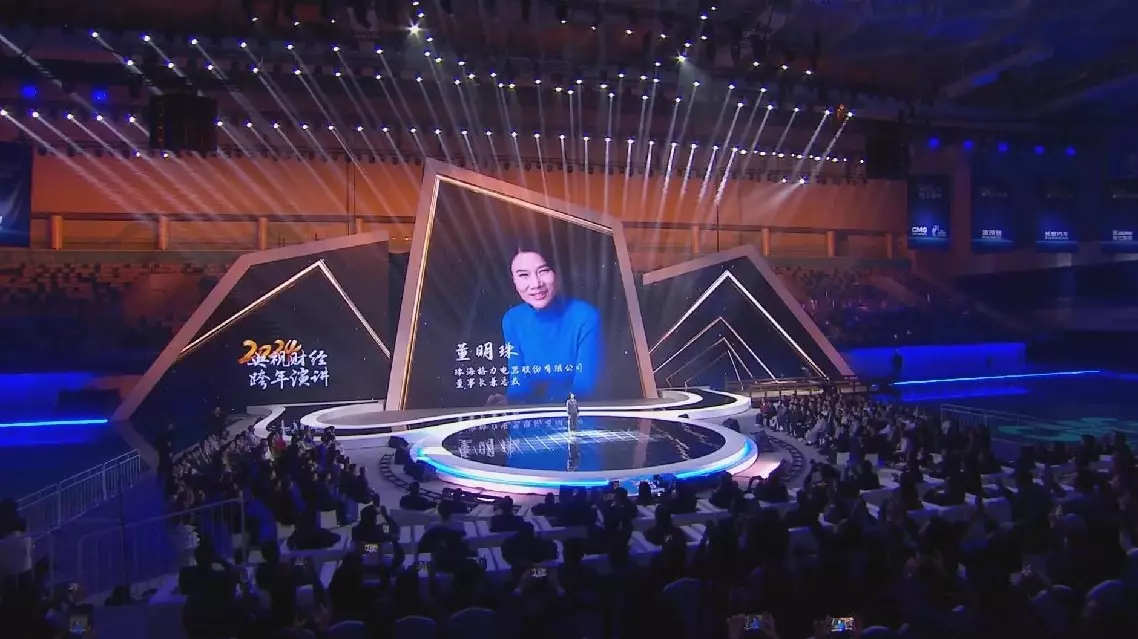
Chinese manufacturers highlight technology, quality for brands going global


